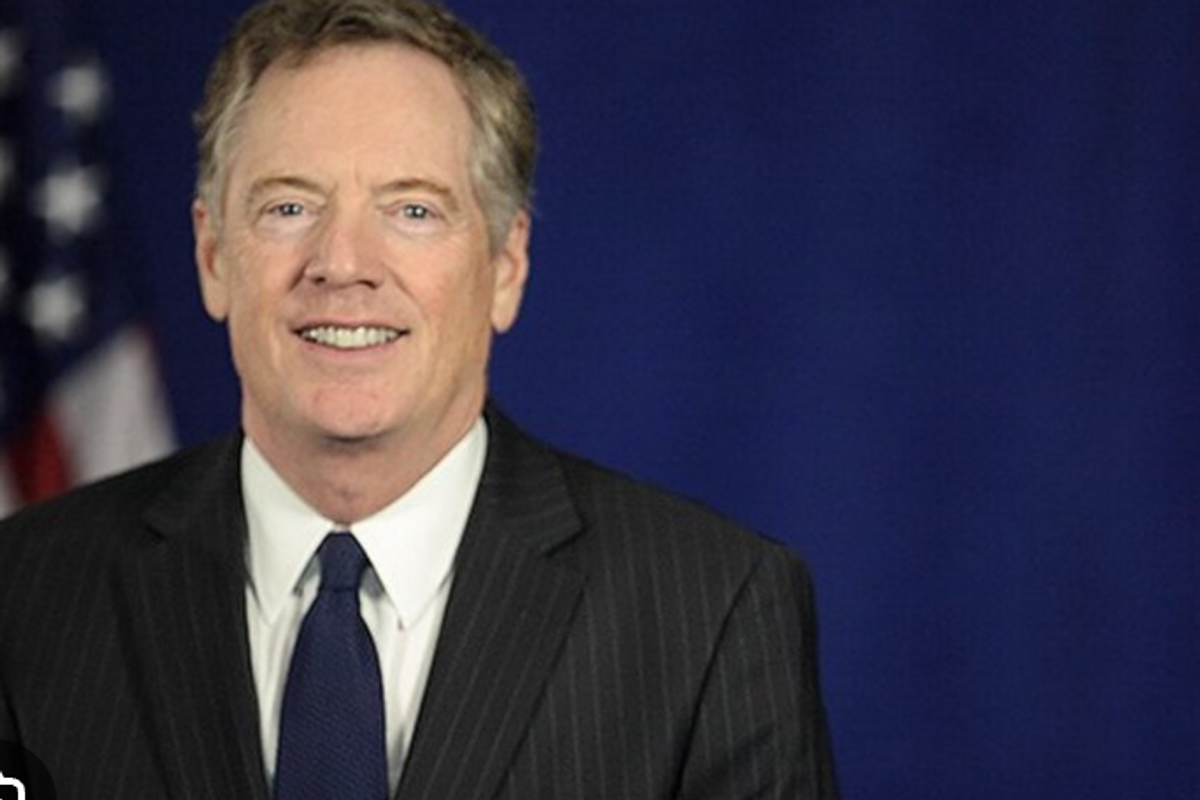
Robert Lighthizer
I was stunned this morning when I looked at the data. Drugs — the legal kind — are the U.S.’s single largest import category.
The U.S. in the first 11 months of 2024 imported over $222 billion in pharmaceutical products, which includes both finished drugs and the chemicals used to make drugs domestically. That’s $25 billion more than the value of all imported cars, the next largest category, and larger still than imports of crude oil; car parts; computers; and cell phones, the next four.
China is the single largest exporter of drugs and drug chemicals to the U.S. Yet China was only subjected to a 10 percent across-the-board tariff under the Trump edict, which, as of this writing, is still slated to go into effect tomorrow. That will be in addition to targeted tariffs on specific Chinese goods (steel, solar cells, EVs) imposed by the first Trump and Biden administrations.
Mexico and Canada, on the other hand, were slated for a 25 percent tariff on all its U.S. exports. This morning, the Mexican tariff was postponed for at least a month after a phone call between Trump and Mexican president Claudia Sheinbaum. Canadian Prime Minister Justin Trudeau was also in telephone contact with Trump (which led to a similar postponement). Both neighbors’ economies would be devastated by 25 percent tariffs since they are far more dependent on exports than the U.S.
Both countries are major suppliers of medical devices (knees, hips, heart values, stents, etc.) and medical equipment (imaging equipment, bioreactors, microscopes, etc.), which accounted for $57 billion in U.S. imports in the first 11 months of 2024, according to the Commerce Department. Medical equipment was the 13th largest category among all U.S. imports.
The ostensible reason for imposing high tariffs on our neighbors is to stop the flow of fentanyl into the U.S. Seeing fewer dangerous street drugs is the least likely outcome of any trade war. Interdiction efforts like tariffs that fail to focus on eliminating demand (i.e., getting U.S. drug addicts into treatment programs) wind up doing nothing more than enriching drug cartels and harming Americans. How? By raising the street price of illegal opioids and increasing the level of crime needed to pay for those higher-priced drugs.
The opacity of chaos
Speculation is rife as to why Trump went soft on China but hard on our northern and southern neighbors. A Paul Krugman post over the weekend suggested it might be due to the influence of Trump whisperer Elon Musk, who has extensive business dealings with China. He also noted news reports that 40 unnamed “whales” bought 94 percent of the $Trump and $Melania tokens, a personal grift worth tens of millions of dollars to the Trumps since the tokens “clearly have no intrinsic value.” Were they Chinese? he wondered.
Tim Noah in The New Republic suggested the huge tariffs are part of the president’s obsession with eliminating the income tax and returning to 19th century government financing that relied on tariffs. Unless Trump plans to completely eviscerate non-defense federal spending with huge cuts to Medicare and Medicaid, that’s fiscally absurd.
Noah also raised the specter that a bankrupt Trump may simply be running a grift on his newfound billionaire friends, many of whom have corporate interests and stock market holdings that will be severely damaged by the new tariff regime. They will ask Trump to reverse or at least moderate the tariffs, which he might do for a price. “These whales, whoever they are, want something in return,” Noah wrote. “They’ve created a path for other influence-buyers to follow.”
The big losers from Trump’s tariff games will be those who joined the administration hoping to use tariffs strategically as part of an industrial policy aimed at restoring long-lost domestic manufacturing capacity. There was some hope Trump might move in that direction when he appointed Jamieson Greer to be the next U.S. Trade Representative (USTR).
Greer was chief of staff to Robert Lighthizer, Trump’s first-term USTR. In Lighthizer’s most recent book, reviewed by American Prospect founding editor Robert Kuttner in a hopeful essay in the December issue of The New York Review Books, the former USTR called for a 25 percent across-the-board tariff on Chinese-made goods. Trump also appointed Peter Navarro, his former trade adviser and an avowed China hawk, to be his senior counselor for trade and manufacturing.
While expressing hopes that there might be a positive rethinking of trade policy during a second Trump term, Kuttner issued this prescient warning:
“Several other Trump appointees, who span a right-wing spectrum that runs from poorly informed nativists to Wall Street globalists, suggest that trade policy in Trump’s second administration is likely to display the same kind of internal conflicts as his first. Xi will again be looking for ways to undermine US anti-China policy by personally enriching Trump, his family, and his close advisers, such as Elon Musk, with their own financial interests in China.”
It seems clear that Lighthizer and his acolytes inside the new administration had little input into the weekend’s tariff announcement. Rather than imposing strategic tariffs to promote domestic manufacturing, the main economic impact will be higher prices.
Drug and device makers’ price card
Why are higher prices a given in health care? The drug and device companies in health care that will be subjected to the new tariffs have an almost unlimited power to raise prices to cover their increased costs because their products are patent protected. Moreover, manufacturers in both sectors have been outsourcing their manufacturing for decades. Even if they wanted to, it would take years for them to shift production back to the U.S.
“You can’t expand capacity overnight,” said Mark Hendrickson, director of supply chain policy for Premier Inc., a hospital group purchasing organization. “That takes year and millions of dollars.”
The drug and device makers are already signaling that their likely response will be price increases. “We have shared with the Administration our concerns about the potential impact tariffs could have on the medical technology supply chain that American patients depend on for their care,” said Scott Whitaker, CEO of Advamed, which represents device and equipment makers, in a statement to StatNews over the weekend.
The Pharmaceutical Research and Manufacturers Association was more circumspect in its statement when I reached out this morning. “We are eager to work with the Trump Administration to find solutions that reduce costs for patients and improve access,” their statement said. “However, policymakers have historically excluded medicines from tariffs because they increase costs and reduce access.”
Not this time, at least not so far. Perhaps if they buy a hefty bag of $Trump tokens, whose price dropped precipitously over the weekend and during today’s trading, things might change.
Reprinted with permission from Gooz News. Please consider subscribing.
- Retailers Estimate Consumer Cost Of Trump Tariffs In Tens Of Billions ›
- America Is Still Great -- But Trump Threatens Our Prosperity And Freedom ›
- Kentucky Is About To Get Screwed By Trump Again ›
- Farmer Suicides Rising In Wake Of Trump’s Trade War ›
- 'Hit Him Back Twice As Hard': Ontario Premier Bluntly Challenges Trump ›
- 'Enjoy Your Cheap Avocados': Trump Vows Big Tariffs On Mexico And Canada ›

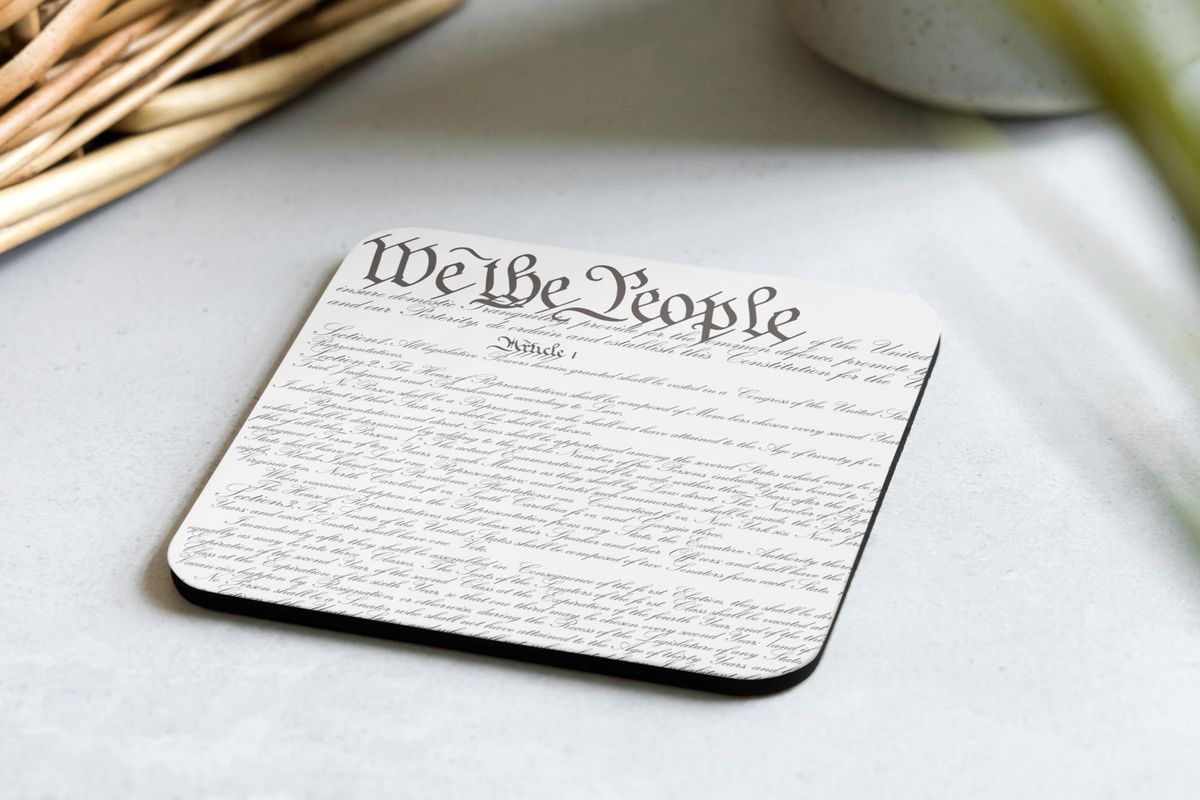
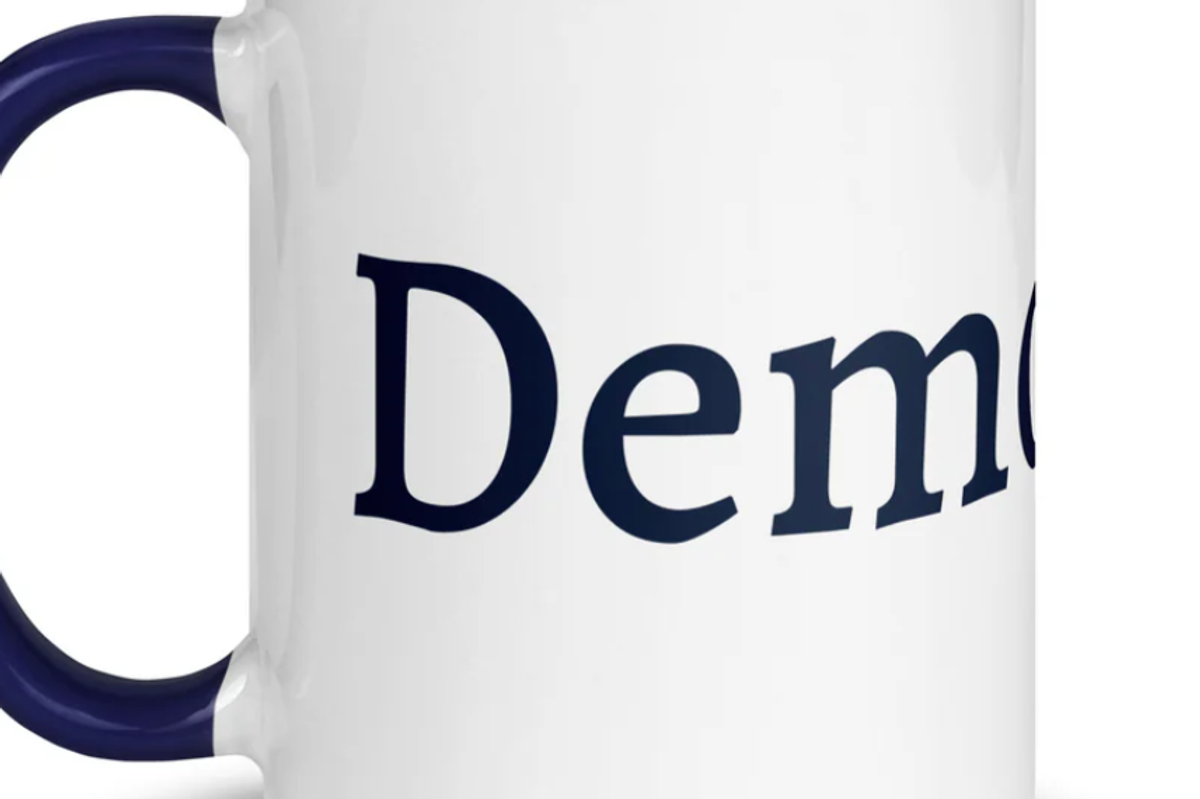
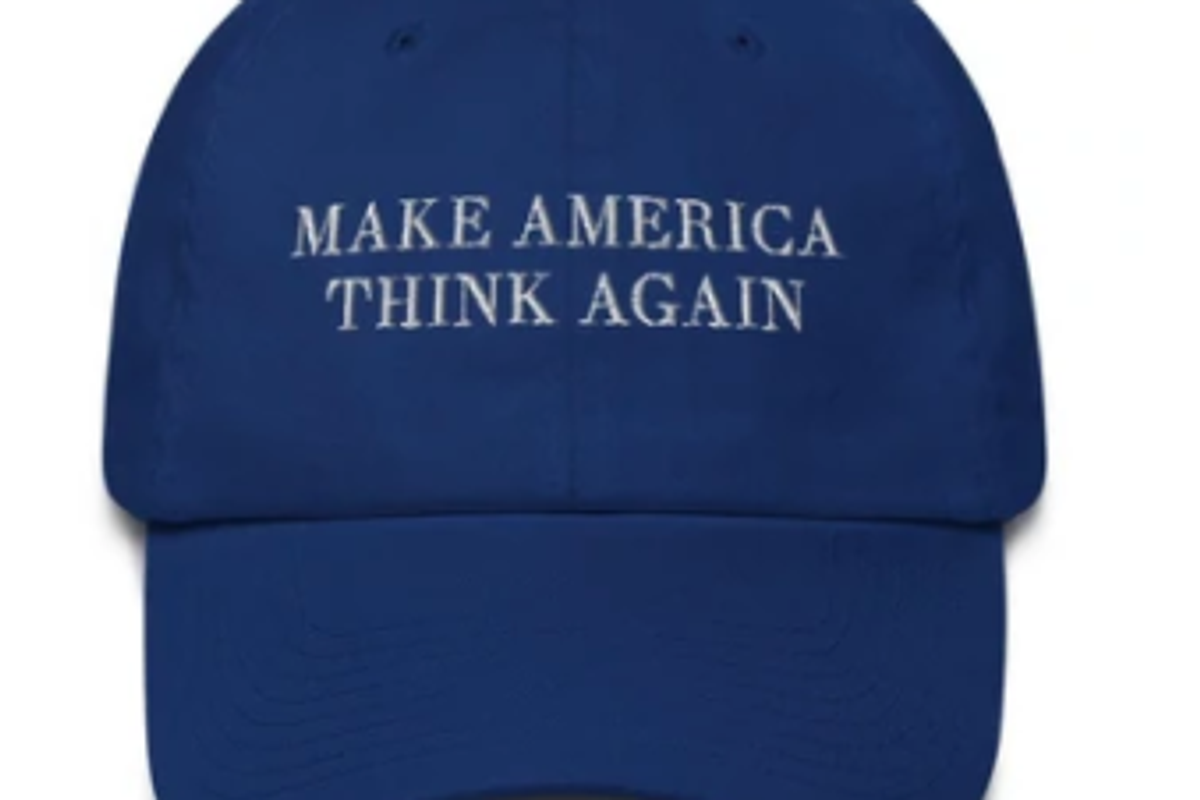
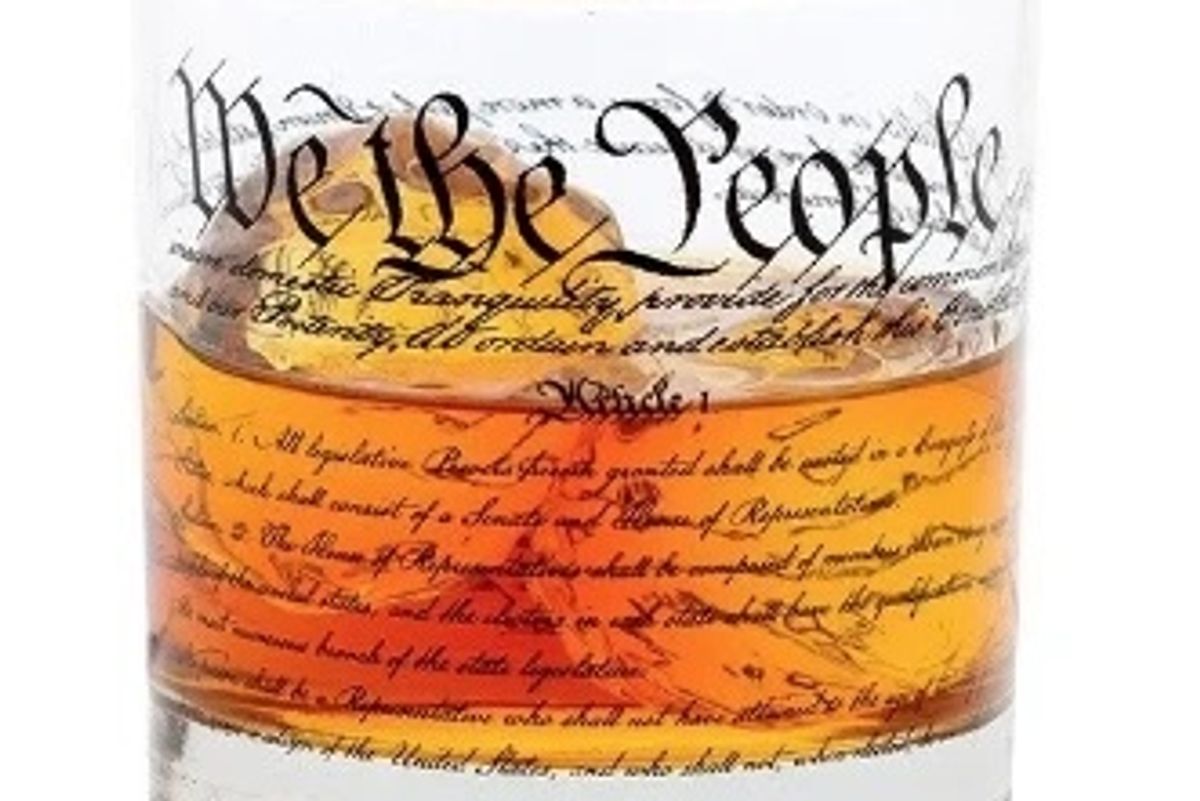



Trump Cabinet Nominee Withdraws Over (Sane) January 6 Comments